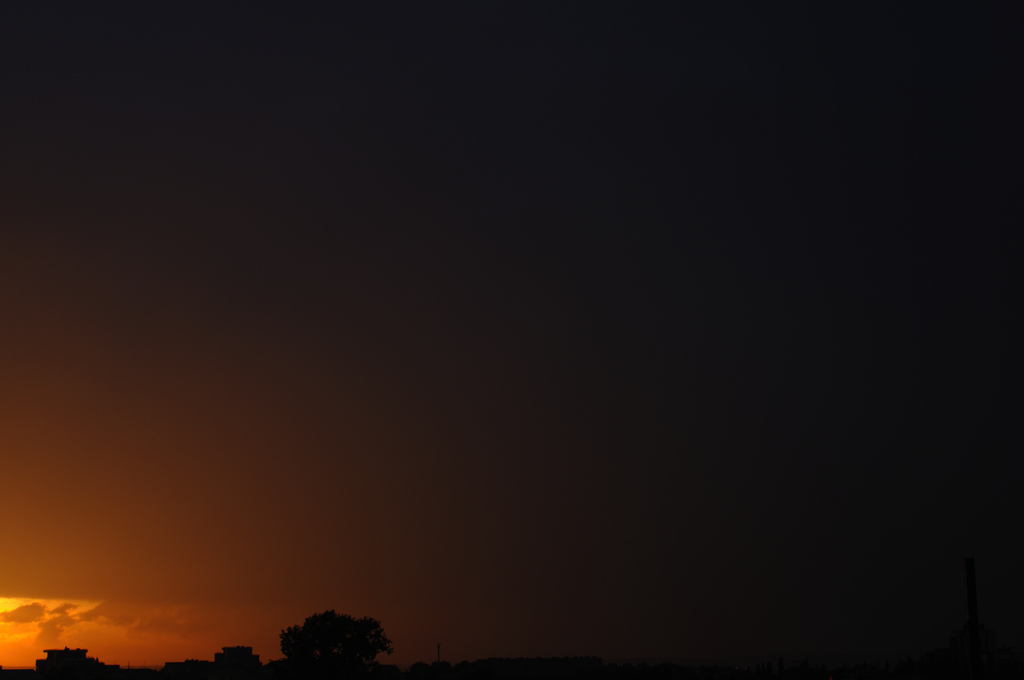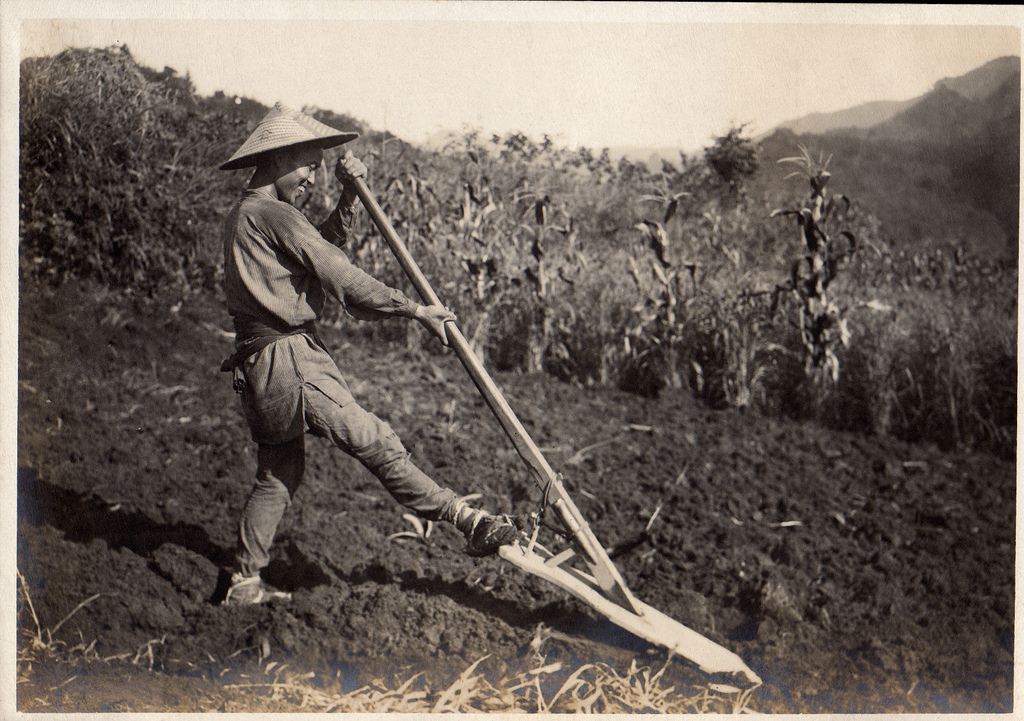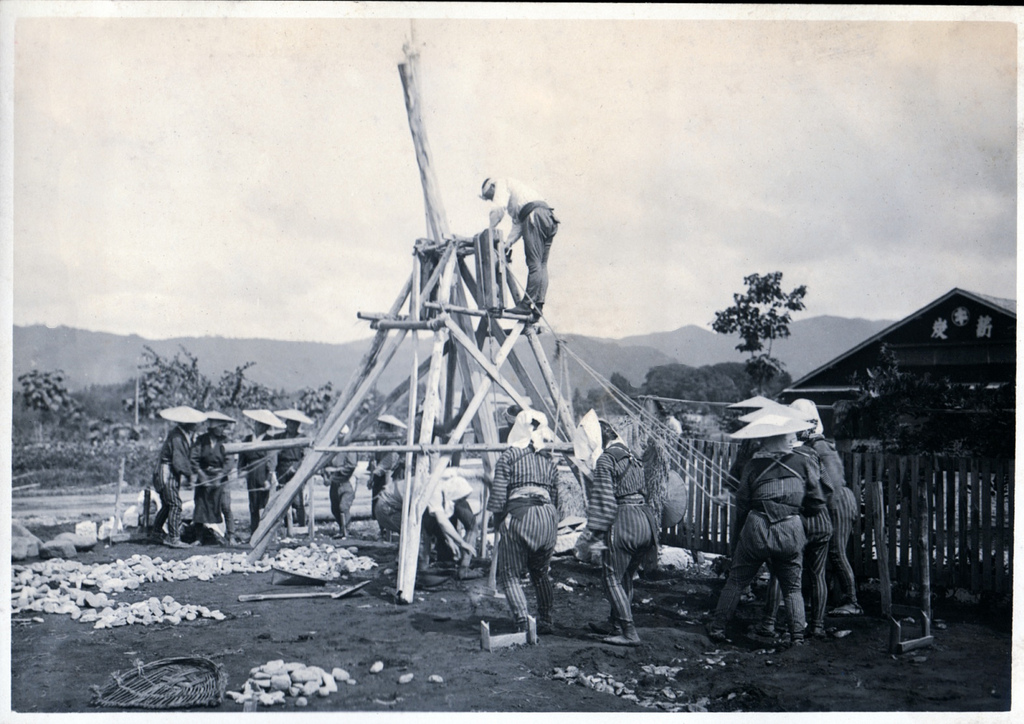From Bujinkan Santa Monica by Michael
Tonight's class was entangled with violent local events. I will share them here because I have compassion for the victims and because they expose a deep concept for our own training and lives. This idea was expressed by Takuan 沢庵 as,
心こそ、心迷わす心なり、 心に心、心許すな "It is the very mind itself that leads the mind astray; of the mind, do not be mindless."
An hour before my class, I heard news that two police officers had been shot and killed in Santa Cruz. I didn't know them, and this unfortunate event has no direct impact on my life. This could be just another tally from the daily news but tonight felt different for some reason.
When I arrived to our training area, the roads were shut down with police barricades. As I followed the stream of cars being detoured around the perimeter, I noticed the officers manning the barricades had their assault rifles at the ready.
I asked one of them if there was access to where we train. He said it was open, but the roads were closed. So I drove around to the nearest point and parked. I saw many pedestrians streaming past the blockades without interference from police, so I followed to see what was going down.
I approached the center of the gathering crowd. I saw SMPD’s SWAT, Beverly Hills Police Department, and the Santa Monica Fire Department as well as HAZMAT trucks. Wow, ok, maybe we were not having class tonight.
I asked some bystanders what was up. They said there was a hostage situation in one of the residential houses. I peered down the street, past the second level of police barricades. In the dark I could see the house they were focused on. It was far enough from our training location for us to be safe with our class.
So I coordinated parking for some students then we walked over as a group to the training area. Along the way, I asked several police, park rangers and other "official" looking people if it was safe for us to be there. No one would give me an easy answer. They just shrugged and said they didn't really know what was going on.
I told everyone to keep their gear contained and ready in case we needed to make a fast exit.
After our class warm ups, several TV news vans arrived and parked near us. Then the Red Cross van showed up to provide information and refreshments to the neighbors who had been evacuated from the area. We continued training on the kata 輦輿 renyo.
A friend of mine who is a media photographer arrived so I took him aside and asked about the situation. A man (later I learned his name was John Carroll Lowery) had tied up his 15 year old son and 86 year old mother in law. The son escaped and called police.
Later that night, he let the mother in law go. The police crisis negotiators said he seemed depressed and indicated marital troubles when they communicated with him. After the communication stopped, the police made entry around 4:30 in the morning and found he had shot himself.
There have been a lot of 無理心中 murishinjuu (murder-suicides) in the U.S. and around the world recently. I think about how the person who commits these acts has cornered himself. The trap he is in is lonely and all in his own head.
This illusion of being trapped then sets the person on a timeline or course of action that leads to being trapped for real by violence. Thoughts have immense power. They are life and death.
Later when I was alone in our training area, a breeze swept over the park with the breath of tonight's desperate action. Then stillness.

…


